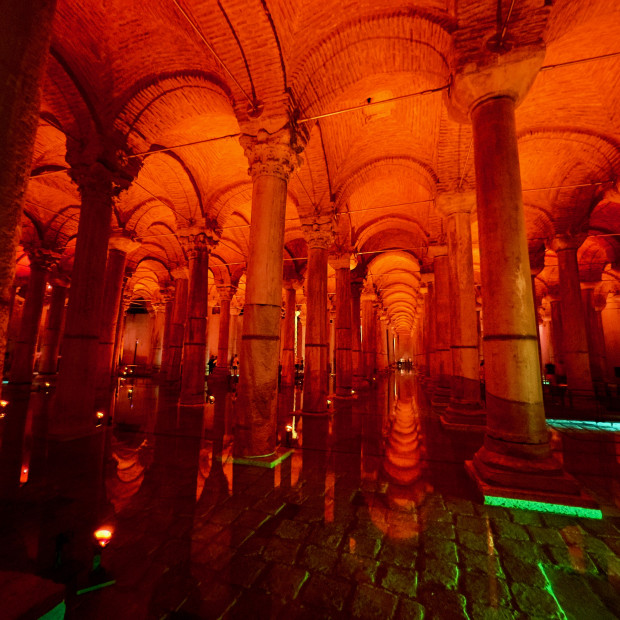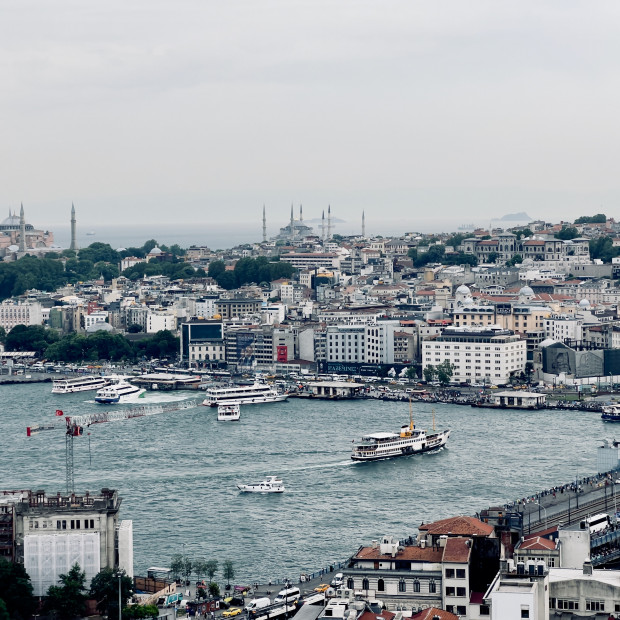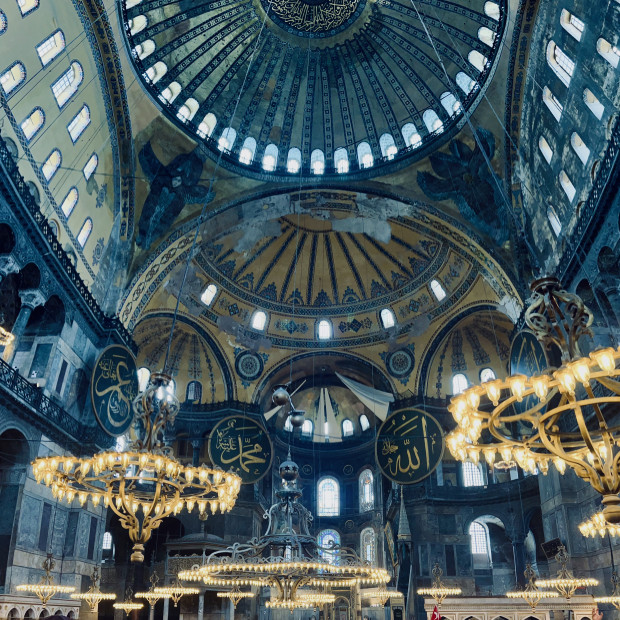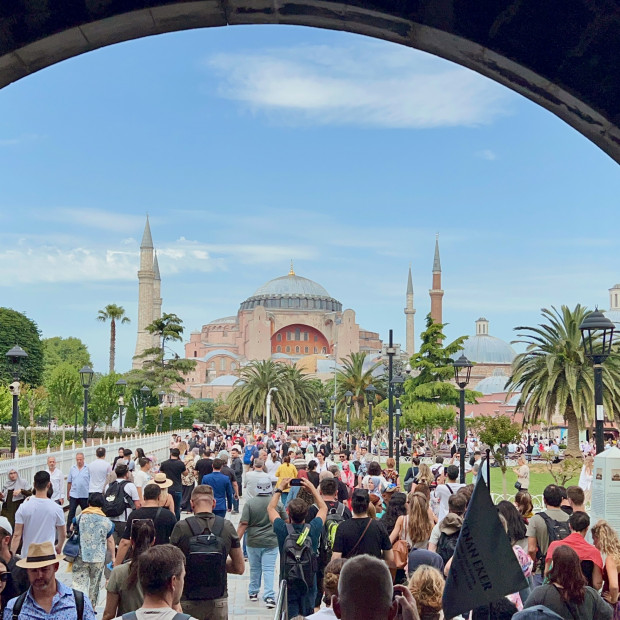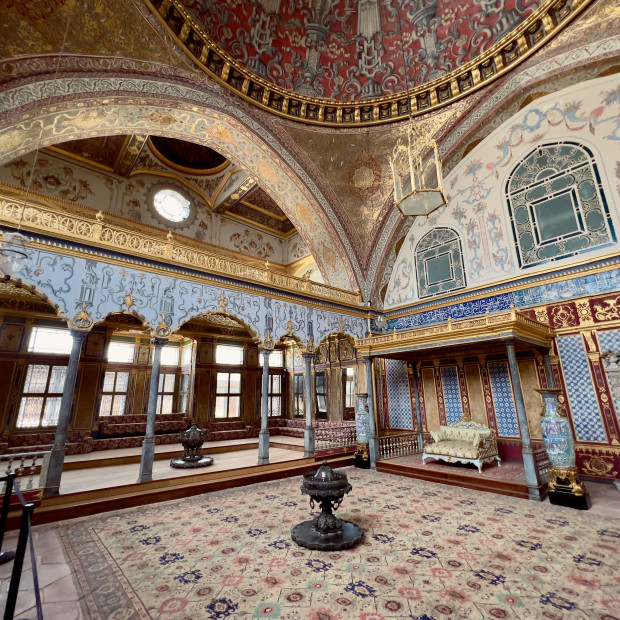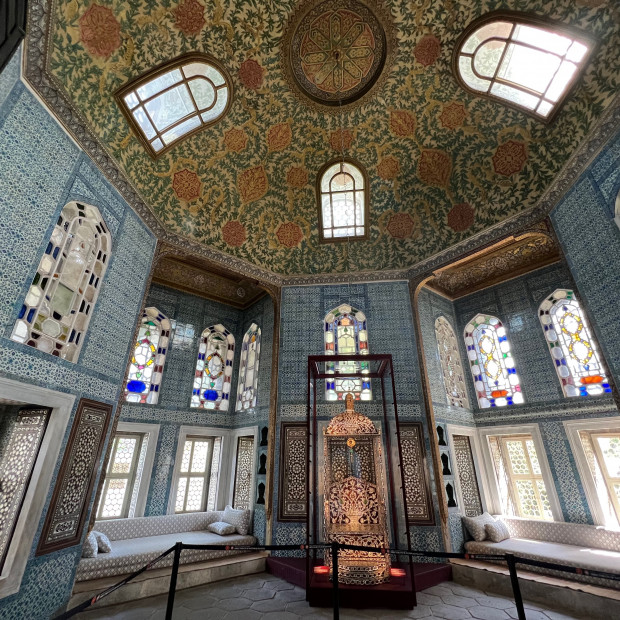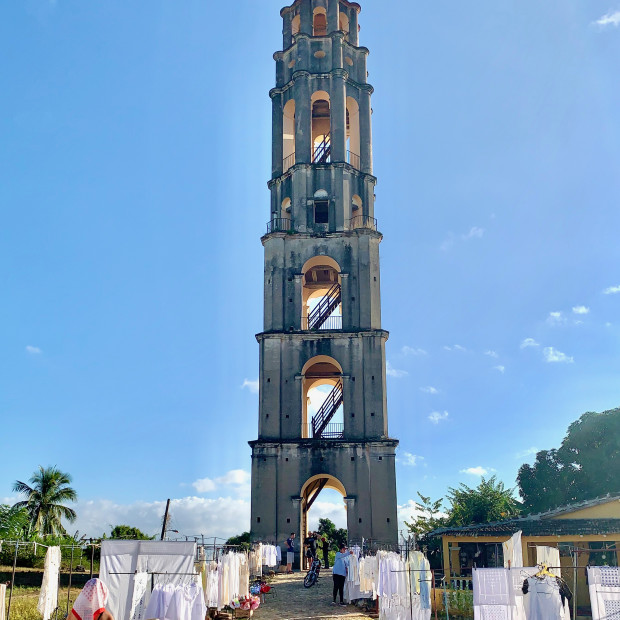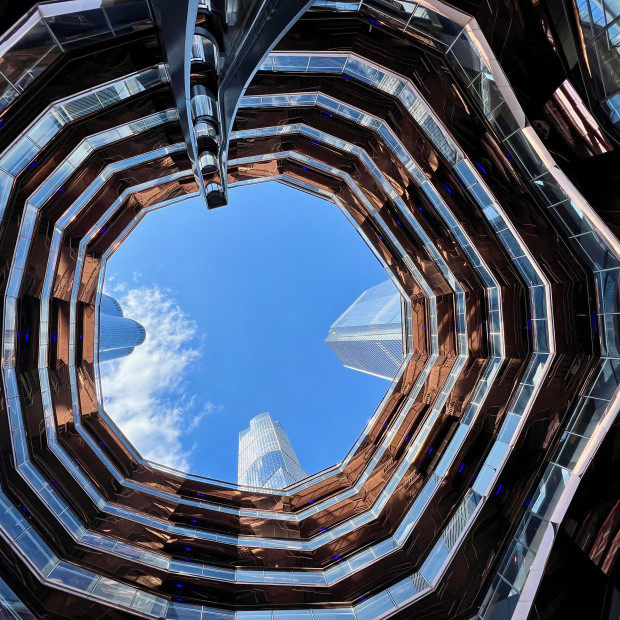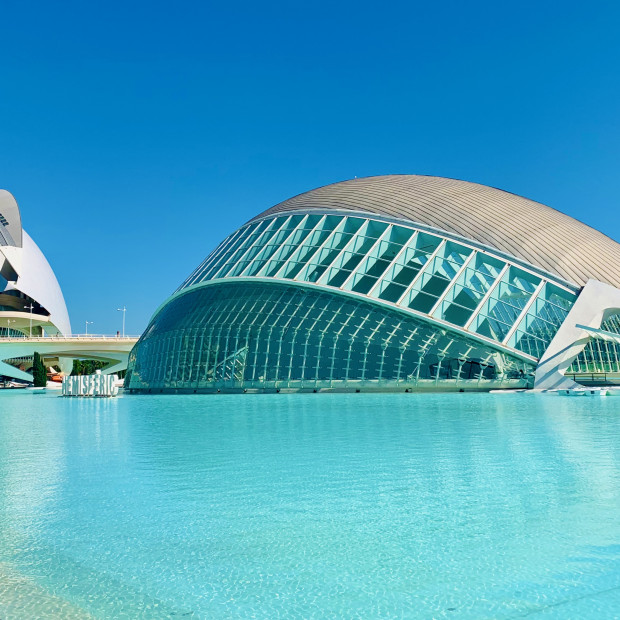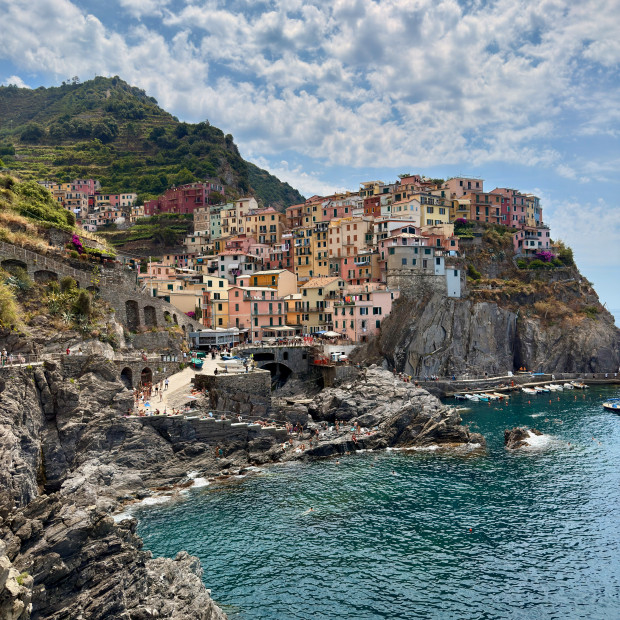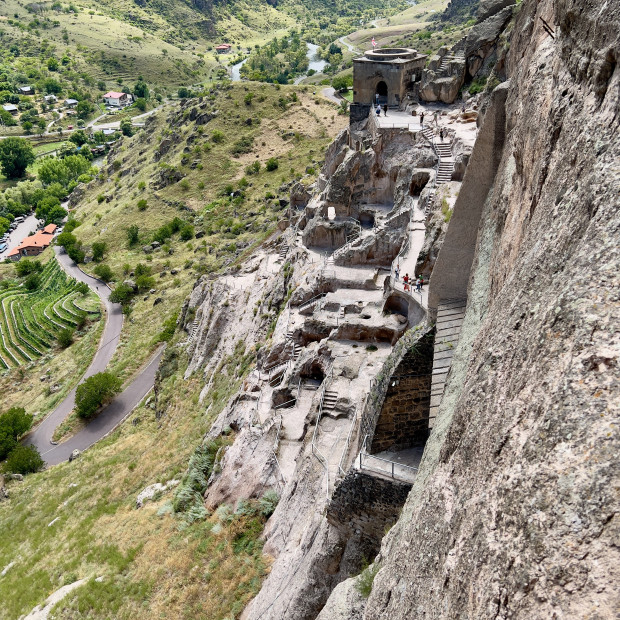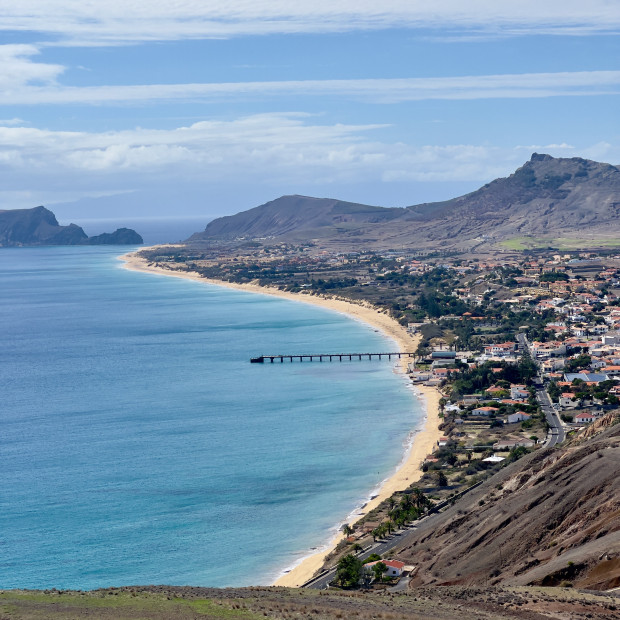About this place
The Basilica Cistern, also known as the Yerebatan Sarnıcı or the Underground Cistern, is one of Istanbul's most remarkable historical sites. Located in the Sultanahmet district, near the Hagia Sophia, this ancient cistern is an architectural marvel that dates back to the Byzantine era.
Built in the 6th century during the reign of Emperor Justinian I, the Basilica Cistern was designed to provide a reliable water supply for the city. It consists of a vast underground chamber supported by a forest of marble columns. The cistern has the capacity to hold around 80,000 cubic meters of water.
Upon entering the cistern, visitors are greeted by a mystical atmosphere created by the dim lighting and the reflections of the water on the columns. The columns, numbering 336 in total, are mostly recycled from older structures and feature various designs, including Corinthian and Doric styles.
One of the most famous features of the Basilica Cistern is the two Medusa heads. These stone sculptures, which are positioned sideways and upside down, are believed to have been used as pedestals for the columns. Their exact origins and purpose remain a mystery, adding an air of intrigue to the cistern.
Today, the Basilica Cistern is open to the public as a museum and a popular tourist attraction. Visitors can stroll along the raised walkways and admire the stunning architecture while learning about the cistern's history and significance. The peaceful ambiance and the unique setting make it a must-visit site for those exploring the wonders of Istanbul.


